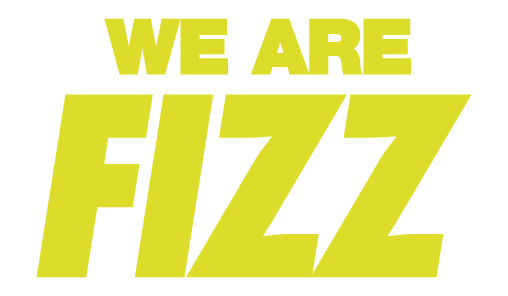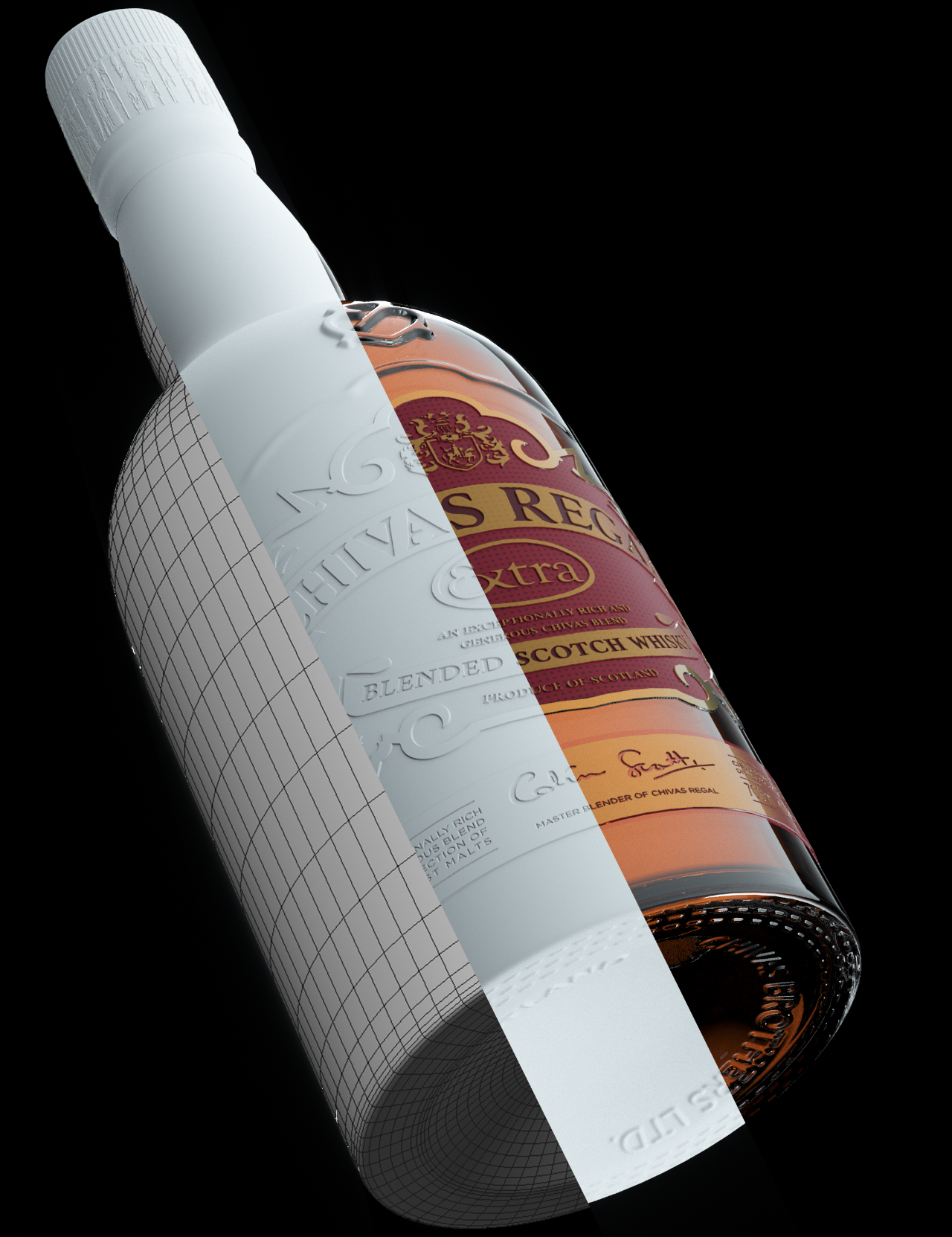Maximising value with 3D visualisation
One 3D model, multiple uses
In the dynamic landscape of modern business, visual content has become a cornerstone of effective communication. The advent of 3D modelling technology has revolutionised the way companies showcase their products, offering a versatile and cost-effective solution. In this article, we explore the concept of using a single 3D model across various customer touch points, illustrating how this approach not only ensures brand consistency but also demonstrates the added value of 3D assets when it comes to product marketing.
- Creating Brand Consistency:
One of the challenges faced by businesses is maintaining a consistent brand image across diverse platforms. Traditional photography often involves separate shoots for different purposes, leading to potential discrepancies in visual representation. With a single 3D model, companies can establish and maintain brand consistency effortlessly. The model serves as a visual anchor, ensuring that the product looks the same across product catalogues, campaign hero images, advertising materials, and more.
- Economies of Scale:
Producing unique visual content for each customer touch point can be resource-intensive and costly. The beauty of using a single 3D model lies in the economies of scale it provides. Once the initial model is created, it can be reused across various applications without the need for additional photoshoots. This not only saves time but also significantly reduces production costs, allowing businesses to allocate resources more efficiently.
- Product Catalogue Photos:
In the realm of product catalogues, showcasing a diverse range of products can be a logistical challenge. With 3D modeling, a single model can be adapted to represent various products or product variations. This not only streamlines the production process but also ensures that products are consistently presented, contributing to a cohesive and professional catalog.
- Campaign Hero Images:
Capturing the essence of a marketing campaign often requires unique and compelling visuals. Rather than investing in separate photoshoots for each campaign, a 3D model can be repurposed to fit different themes and narratives. This flexibility allows marketing teams to adapt quickly to changing trends and consumer preferences.
- Advertising Images:
The adaptability of 3D models extends to advertising materials. Whether it’s print advertisements, digital banners, or social media promotions, a single 3D model can be used to create visually striking and cohesive advertising campaigns. This approach not only saves costs but also strengthens the brand’s visual identity.
- Website and E-commerce Images:
For online platforms, consistency in product visuals is crucial for building trust and engagement. By using a single 3D model, companies can maintain a standardised visual representation across their website and e-commerce channels. This contributes to a seamless and enjoyable online shopping experience for customers.
- 360º Images, AR, and VR Content:
The versatility of 3D models extends to immersive technologies such as 360º images, augmented reality (AR), and virtual reality (VR). A single 3D model can be adapted to create interactive and engaging experiences, providing customers with a comprehensive view of the product. This not only enhances user engagement but also positions the brand as forward-thinking and technologically savvy.

